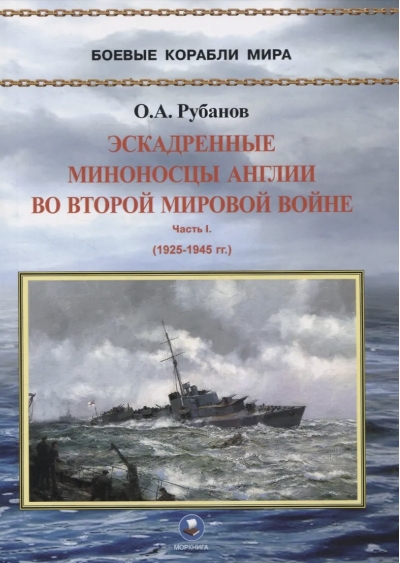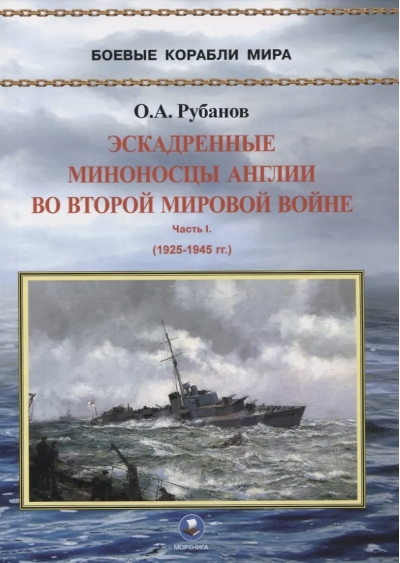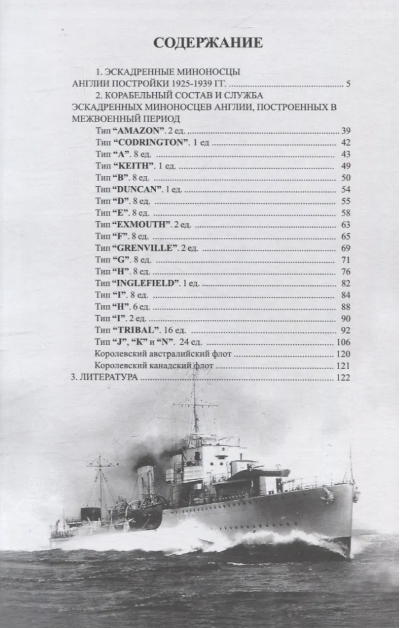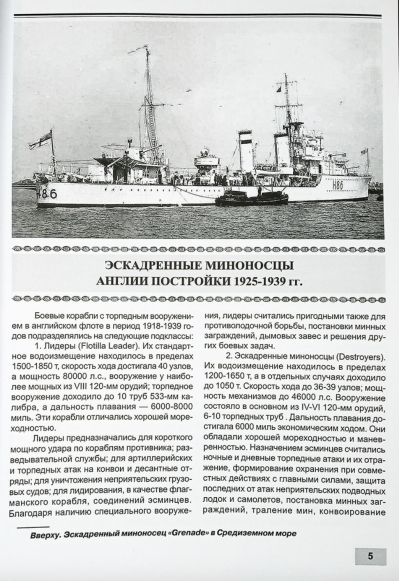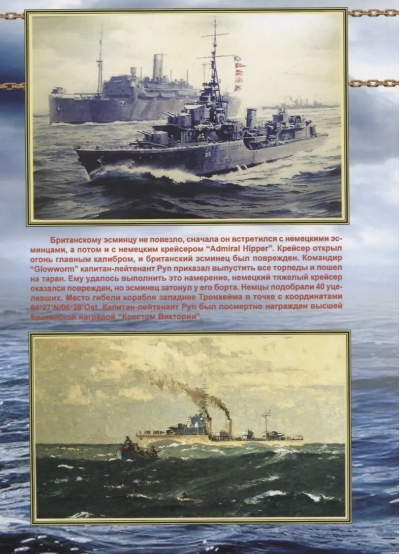Destroyers of England in World War II. Part I. 1925-1945.
29.99 €
Out of stock
These ships, built in English shipyards, took part in World War II. Every third destroyer was lost.
Following the results of World War I, it was decided that the English destroyer should be a universal ship: fast, with powerful artillery, torpedo armament and with a long cruising range. And England built such ships en masse, thanks to which it was ready for a victorious... last war.
But when England declared war on Germany on September 3, 1939, it turned out that the ships on which the main hopes were pinned were defenseless against the enemy's aviation and submarine fleet.
The war required that destroyers become escort ships, with powerful anti-submarine and anti-aircraft weapons, but while such ships did not exist, England suffered significant losses. Of the 130 ships designed before the need to strengthen anti-aircraft and anti-submarine weapons was realized, 79 were lost, that is, 61%. For example, out of 16 English "Tribals" only four survived. In this 1936 series, they decided to strengthen the already powerful artillery by adding mine weapons and, of course, increasing the displacement. The role of anti-aircraft weapons was played by a quadruple 40-mm "Pom-pom" - the only one for the entire 115-meter ship.
As a result, having become a third larger in size compared to their predecessors, instead of performing the functions of convoy protection, the destroyers themselves needed protection.
This book tells about the design, construction and combat service of these ships.
Following the results of World War I, it was decided that the English destroyer should be a universal ship: fast, with powerful artillery, torpedo armament and with a long cruising range. And England built such ships en masse, thanks to which it was ready for a victorious... last war.
But when England declared war on Germany on September 3, 1939, it turned out that the ships on which the main hopes were pinned were defenseless against the enemy's aviation and submarine fleet.
The war required that destroyers become escort ships, with powerful anti-submarine and anti-aircraft weapons, but while such ships did not exist, England suffered significant losses. Of the 130 ships designed before the need to strengthen anti-aircraft and anti-submarine weapons was realized, 79 were lost, that is, 61%. For example, out of 16 English "Tribals" only four survived. In this 1936 series, they decided to strengthen the already powerful artillery by adding mine weapons and, of course, increasing the displacement. The role of anti-aircraft weapons was played by a quadruple 40-mm "Pom-pom" - the only one for the entire 115-meter ship.
As a result, having become a third larger in size compared to their predecessors, instead of performing the functions of convoy protection, the destroyers themselves needed protection.
This book tells about the design, construction and combat service of these ships.
See also:
- All books by the publisher
- All books by the author
- All books in the series Warships of the World


